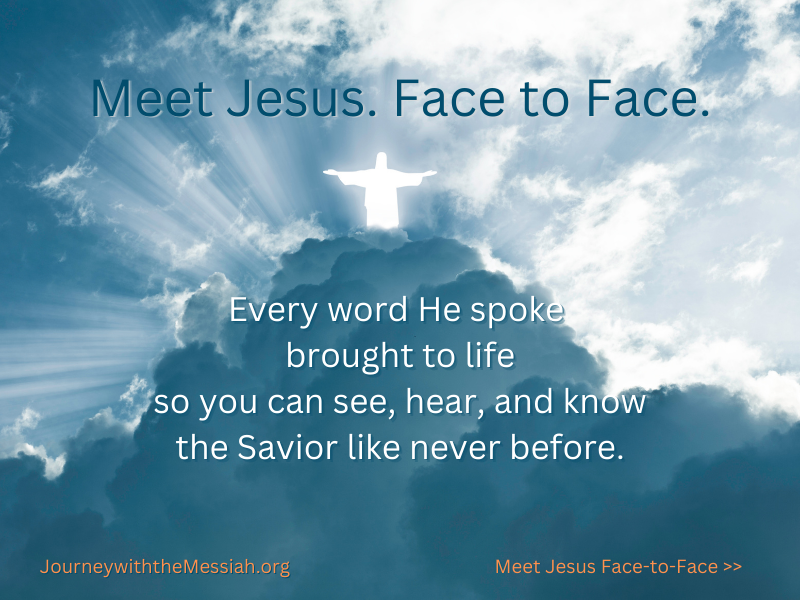 Dear readers, Catholic Online was de-platformed by Shopify for our pro-life beliefs. They shut down our Catholic Online, Catholic Online School, Prayer Candles, and Catholic Online Learning Resources essential faith tools serving over 1.4 million students and millions of families worldwide. Our founders, now in their 70's, just gave their entire life savings to protect this mission. But fewer than 2% of readers donate. If everyone gave just $5, the cost of a coffee, we could rebuild stronger and keep Catholic education free for all. Stand with us in faith. Thank you. Help Now >
Dear readers, Catholic Online was de-platformed by Shopify for our pro-life beliefs. They shut down our Catholic Online, Catholic Online School, Prayer Candles, and Catholic Online Learning Resources essential faith tools serving over 1.4 million students and millions of families worldwide. Our founders, now in their 70's, just gave their entire life savings to protect this mission. But fewer than 2% of readers donate. If everyone gave just $5, the cost of a coffee, we could rebuild stronger and keep Catholic education free for all. Stand with us in faith. Thank you. Help Now >
Evesham Abbey
FREE Catholic Classes
Founded by St. Egwin, third Bishop of Worcester, about 701, in Worcestershire, England, and dedicated to the Blessed Virgin. The founder's charter of endowment, dated 714, records that a herdsman of the bishop, named Eoves, was one day favoured with a vision of Our Lady. St. Egwin, being informed, visited the spot and there the Mother of God appeared to him also, commanding him to erect in that place a monastery in her honour for Benedictine monks. The bishop at once set about the task, being liberally assisted in the work by Ethelred and Kenred, successive kings of Mercia, and others. The derivation of the name Evesham is accounted for by the above legend. It is stated, though contemporary charters make the fact doubtful, that St. Egwin resigned his see in order to become first abbot of the new foundation, which he ruled until his death in 717. He was buried in the abbey church and his shrine, beautified by subsequent abbots, became in after years one of the richest and most popular in the West of England, and many miracles are recorded as having taken place there. In 941, after the havoc wrought by the Danes, the few remaining monks who had survived were ejected and secular canons installed in their place. Their possession of the abbey, however, did not last long, for in 960 St. Dunstan and St. Ethelwold, then engaged upon their great reform of the English monasteries, restored the Benedictines to their own. A second expulsion occurred in 977 and it was not until 1014 that the monks effected their final return. With the Norman conquest and the consolidation of the kingdom of England, Evesham grew and prospered, and enjoying royal favour became one of the most important abbeys of Black Monks in the country, so much so, indeed, that the jealousy of the bishops of Worcester was aroused.
As in the case of many other monasteries they claimed rights of visitation and diocesan authority over the monks. The dispute continued for a long time, but eventually the exemption from episcopal jurisdiction, originally obtained by St. Egwin, was confirmed by Rome in 1206. In this as in other matters, the internal history of the abbey, as recorded in the "Evesham Chronicle", differs only in detail from that of any other great Benedictine house of the same period. A succession of worthy abbots, seldom broken, guided its fortunes wisely and religiously through the eight centuries of its existence. The use of abbatial pontificalia was obtained in 1160 by Abbot Adam from the reigning pope. At the height of its prosperity the abbey was one of the largest and most stately in England. It had two dependent "cells" — Penwortham, in Lancashire, and Alcester, in Warwickshire — besides another in Denmark ; the abbots were also the patrons of seventeen neighbouring parishes ; they had a seat in the House of Lords; and they exercised civil jurisdiction within the bounds of the monastic territory. The great abbey church, which, besides the magnificent shrine of St. Egwin , contained fifteen altars, was commenced in the eleventh century by Abbot Walter and gradually completed by several subsequent abbots. It was cruciform, with a central tower, and was nearly 300 feet in length. The previous campanile having fallen, after being struck by lightning, a magnificent bell tower, still standing, was built by Abbot Clement Lichfield about 1533.
Within the abbey precincts and under the very shadow of its minster, were two parish churches, erected by the monks for the use of the people of the town which had grown up around its walls. That of St. Lawrence dates from the thirteenth century and that of All Saints is of a century later. The last of the great abbots of Evesham, Clement Lichfield, who reigned from 1514 to 1539, added chantries to both of these churches. Unwilling to yield to the rapacity of Henry VIII, when the suppression of the monasteries was threatening, he resigned his abbacy, acting, it is said, at Cromwell's suggestion. His unworthy successor was Philip Hawford, who surrendered the abbey into the king's hands in the same year, 1539. For this service he was rewarded with a pension of £240, and afterwards became first Protestant Dean of Worcester, in which cathedral his tomb may still be seen. The revenues of the abbey at the time of its suppression are given by Dugdale as £1183. The demolition of the buildings commenced almost immediately, and the ruins became, as in the case of so many others, a stone quarry for the neighbourhood. Besides the two parish churches and the bell tower, only a gateway, a cloister arch, the almonry, and a few other isolated fragments remain intact to show what manner of building the once glorious abbey of Evesham was.
Join the Movement
When you sign up below, you don't just join an email list - you're joining an entire movement for Free world class Catholic education.
An Urgent Message from Sister Sara – Please Watch
- Advent / Christmas
- 7 Morning Prayers
- Mysteries of the Rosary
- Litany of the Bl. Virgin Mary
- Popular Saints
- Popular Prayers
- Female Saints
- Saint Feast Days by Month
- Stations of the Cross
- St. Francis of Assisi
- St. Michael the Archangel
- The Apostles' Creed
- Unfailing Prayer to St. Anthony
- Pray the Rosary
![]()
Copyright 2026 Catholic Online. All materials contained on this site, whether written, audible or visual are the exclusive property of Catholic Online and are protected under U.S. and International copyright laws, © Copyright 2026 Catholic Online. Any unauthorized use, without prior written consent of Catholic Online is strictly forbidden and prohibited.
Catholic Online is a Project of Your Catholic Voice Foundation, a Not-for-Profit Corporation. Your Catholic Voice Foundation has been granted a recognition of tax exemption under Section 501(c)(3) of the Internal Revenue Code. Federal Tax Identification Number: 81-0596847. Your gift is tax-deductible as allowed by law.









